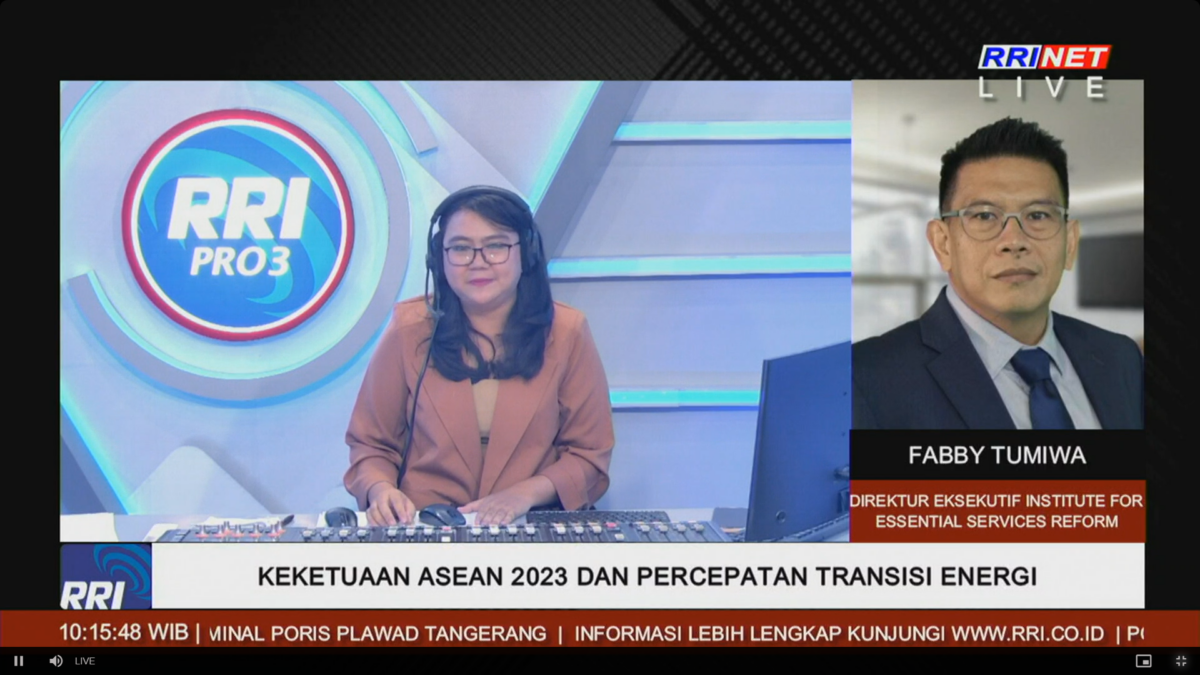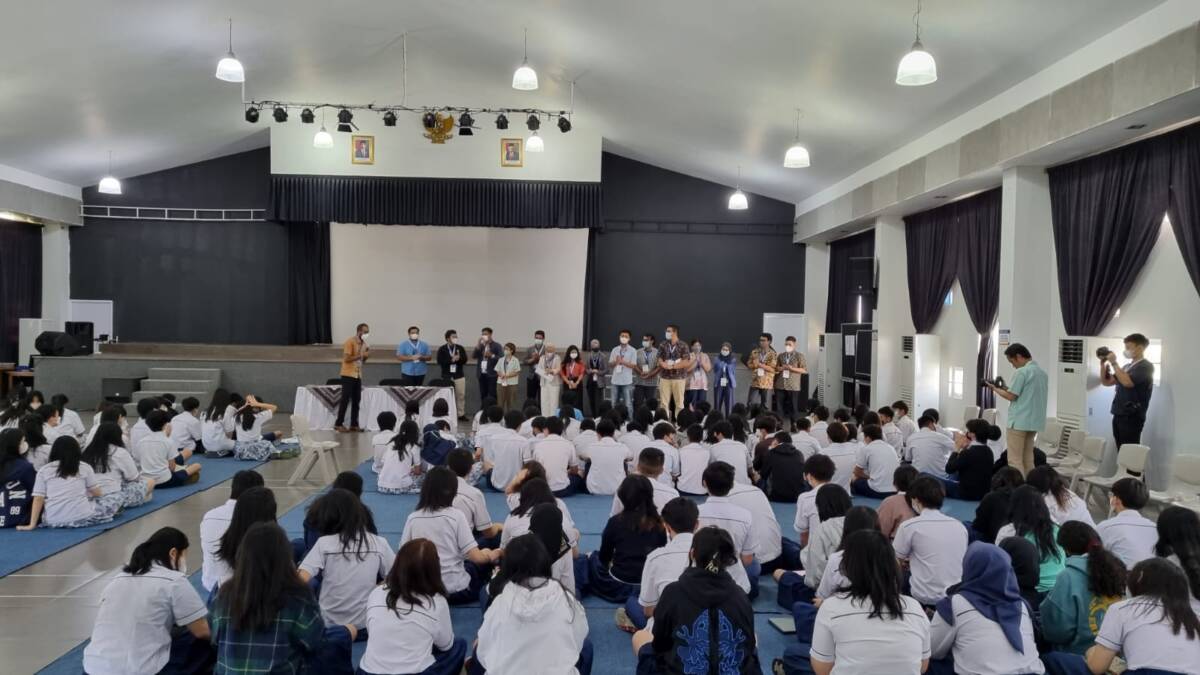Marlistya Citraningrum, Manager of the Sustainable Energy Access Program at the Institute for Essential Services Reforms (IESR), believes residents using swamp gas should pay a fee to ensure sustainability.
Read more on Kompas.
It is necessary to continue to encourage the use of renewable energy in line with the increasing demand to reduce carbon emissions in the entire supply chain to produce export products. This effort can be carried out by optimizing the utilization of renewable energy potential in several regions in Indonesia.
Read more on Kompas.
Unlike most other countries, the energy structure in Indonesia is very government-centered; in this case, it is controlled by the Ministry of Energy and Mineral Resources with execution by PLN.
Read more on CNN.
The Institute for Essential Services Reform (IESR) states that funding to execute the energy transition in Indonesia requires significant funds. If using the Just Energy Transition Partnership (JETP) scheme, according to IESR calculations, at least the expected portion of the grant is 10% -15% or US$ 1.5 billion to US$ 2 billion.
Read more on Kontan.
The Institute for Essential Services Reform (IESR) encourages the government to increase the portion of the Just Energy Transition Partnership or JETP energy transition funding grant to a minimum of 10% or approximately US$ 2 billion of the total JETP funding commitment of US$ 20 billion.
Read more on Kata Data.

Jakarta, 13 June 2023 - Southeast Asia is a region with the largest economic growth and energy demand. Economic growth followed by increase in energy demand in the region is projected to continue in the coming years. If the use of environmentally friendly energy sources is not anticipated, this economic growth and energy demand will…
Indonesia is currently preparing a comprehensive investment plan regarding energy transition funding. This arrangement requires certainty of funding patterns from the United States and Japan.
Read more on Kompas.
Energy Transformation Program Manager, Institute for Essential Services Reform (IESR) Deon Arinaldo assesses that it is crucial to accelerate the energy transition to attract investment in Indonesia.
Read more on Warta Ekonomi.
When regulations are seen as not yet supportive and attractive from an investment perspective, solar energy activists at the community level focus on off-grid or off-grid systems. This movement is massive, mainly from Indonesia's significant, outermost, and remote areas. This movement is also oriented towards education about renewable energy.
Read more on Kompas.
Disclosure of information about the electricity buying and selling scheme in Indonesia is needed so that the progress of the energy transition towards renewable energy can be monitored appropriately. The lack of access can also hamper funding efforts that have the potential to enter Indonesia.
Read more on Kompas.

Jakarta, 11 April 2023 - Indonesia's leadership at the international level continues. After being considered successful in becoming the leader of the G20 countries in 2022, in 2023 Indonesia is entrusted with becoming the chairman of ASEAN. As a country with the largest population, economy and energy demand in the ASEAN region, Indonesia has an…

Bogor, 4 April 2023 - Project Clean, Affordable and Secure Energy for Southeast Asia (CASE) together with Sekolah Bogor Raya kicked off the long-awaited Teaching for the Future (T4F) Program which focuses on the importance of energy transition as a subject in formal education.
CASE Teaching for the Future Program visited Sekolah Bogor Raya…
